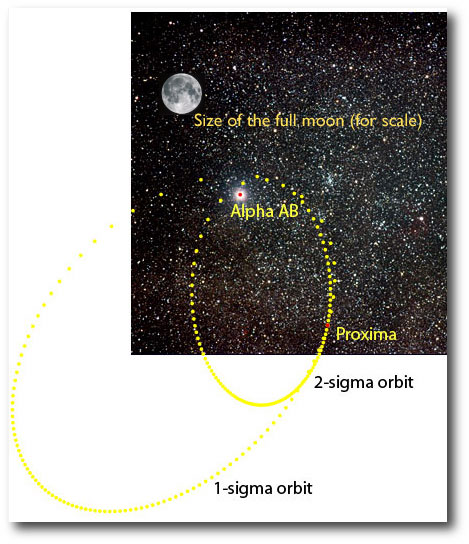
image source
The data from the Hipparcos satellite indicate that it’s very likely that Proxima Centauri is in orbit around Alpha Centauri. Proxima has not simply been caught in the midst of a stellar drive-by. It’s cool, certainly, that our nearest stellar neighbors are going along to get along, but is there any scientific importance in the fact that Proxima and Alpha are gravitationally bound?
The answer to this question is a definite yes.
If Proxima is in orbit around Alpha, then we can safely assume that the three stars formed together from the same giant molecular cloud. Therefore, all three have the same age and metallicity. Alpha Centauri A and B, furthermore, are among the best-studied stars in the galaxy; a query to Simbad on Alpha Cen returns a cool 311 citations during the 1983-2006 timeframe. The fact that they are so close and so bright means that very detailed and accurate models can be made of their properties. It’s been clear, for example, since the early 1970s, that the stars are more metal-rich than the Sun. The most recent determination (by Jeff Valenti and Debra Fischer) puts the metallicity at 0.19 “dex”, or 150% of the solar value. Other recent studies suggest even higher metallicities. A detailed modeling study by Eggenberger et al. 2004 finds an age for the stars of 6.52 billion years (plus or minus 300 million years). Proxima was 2 billion years old when the Sun and Earth formed, and it will outlast the Sun on the Main Sequence by 5 trillion years.
Metallicities for red dwarf stars are notoriously difficult to determine. Low-mass red dwarfs are cool enough so that molecules such as titanium oxide, water, and carbon monoxide are able to form in the stellar atmospheres. The presence of molecules leads to a huge number of lines in the spectra, which destroys the ability to fix a continuum level, and makes abundance determinations very difficult.
Recent progress on the red dwarf metallicity problem has been made by Bonfils et al. (2005) who employed a clever approach. They use the fact that when a red dwarf is a member of a multiple system (like Proxima) in which the primary star is more massive, then the metallicity of the red dwarf can be induced by measuring the metallicity of the primary star. Bonfils et al. found 20 nearby binary pairs where this trick was possible, thus giving them the metallicities of 20 red dwarf stars. They then developed an empirical metallicity calibration for red dwarfs based on easily measured photometric indices. Using this technique, they were able to estimate that GJ 876 has a metallicity of +0.02 dex, very close to the solar value. (The fact that GJ 876 is not particularly metal-rich makes one wonder how it managed to put together such an off-the-hook planetary system, but that’s a different topic.)
With Proxima bound to Alpha, we know that its metallicity is ~0.2 dex, which will provide a very important new point of improvement for calibrations based on the Bonfils et al. technique. Of the 20 stars in the Bonfils calibration, only five were above solar metallicity, and only one (GL 324) is as metal-rich as Proxima. Looks like Proxima has provided yet another opportunity for a class project for this Fall.
Just about everyone wants Alpha Centauri to harbor habitable planets. The fact that Proxima is gravitationally bound to Alpha will help make this a reality.
Given what we know about planet formation, it’s extremely likely that there are terrestrial planets in orbit around both Alpha Centauri A and Alpha Centauri B. Simulations by Wiegert and Holman (1997) show that the habitable zones of both planets are likely dynamically stable. Elisa Quintana and her collaborators (2002) have carried out accretion calculations that indicate that terrestrial planet formation should proceed very easily around both stars (with 3-5 terrestrial planets expected for each). Because the metallicity of Alpha Centauri is higher than the Sun, the naive expectation is that these planets should contain of order two times as much mass as our own terrestrial planets.
At first glance, one expects that the Alpha Centauri planets will be very dry. The period of the AB binary pair is only 79 years. The orbital eccentricity, e=0.52, indicates that the stars come within 11.2 AU of each other at close approach. Only refractory materials such as silicates and metals would have been able to condense in the protoplanetary disks around Alpha Centauri A and B. To reach the water, you need to go out to the circumbinary disk that would have surrounded both stars. With only A and B present, there’s no clear mechanism for delivering water to the parched systems of terrestrial planets.
Enter Proxima. With its million-year orbit, it has gone around Alpha roughly 6500 times. The periodic perturbations induced by its close approaches will dislodge comets from the outer circumbinary regions, and send them sailing in to smack the terrestrial planets, delivering the much-needed water and mass-extinctions. Detailed simulations need to be done to look into this process (yet another Proxima-inspired class project).
I’m willing to bet a hundred dollars that the Alpha Centauri Ab and Bb exist, and that these planets are reasonably close (or inside) the habitable zones. How can we confirm the existence of these planets?
The spin axis of Alpha Centauri A is aligned with the angular momentum plane of the AB binary, which indicates that the planets will almost certainly orbit relatively close to the binary plane as well. The binary plane is inclined by 11 degrees with respect to our line of sight (79 degrees with respect to the plane of the sky) and so transits are a long-shot.
What about radial velocities? For sake of example, let’s assume that there’s a 2 Earth-mass planet in a habitable orbit around Alpha Centauri B. The habitable zone for B lies at 0.75 AU, which corresponds to an orbital period of 250 days. Assuming a circular orbit, and adopting and i=79 degree orbital inclination, the radial velocity half-amplitude is 10.6 centimeters per second.
In a series of posts in May, I looked in detail at the Swiss discovery of three Neptune-mass planets in orbit around HD 69830. These detections were based on 74 high-precision radial velocity measurements of a K0V star that is essentially identical in age and mass to Alpha Centauri B. HD 69830 “d”, the most distant planet in that system, induces a half amplitude of K=220 cm/s, with an error of 19 cm/s.
Given that HD 69830 d was detected with 74 measurements, Poisson statistics indicate that 484 times more observations will be required to detect our putative 2-Earth mass Alpha Centauri B “b” with a similar level of confidence. That means 35,816 RV data points, which means 35,816 individual spectra, which is a lot.
Surprisingly, however, such a program is not totally outside the realm of possibility. Because of its extreme proximity, Alpha Centauri B is a bit more than 100 times brighter in the sky than is HD 69830. This means that for a given signal-to-noise, a spectrum for Alpha Centauri B can be obtained 100 times faster than a spectrum of HD 69830. The crucial limiting factor to obtaining observations of Alpha Centauri B will be the readout time for the CCD. If I am interpreting the HARPS instrumental web pages correctly, this readout time for a high-resolution spectrum is 197 seconds (if someone is in the know on this, please post a comment). A reasonable observation cadence, then, seems to be about 210 seconds per observation, meaning that Alpha Cen B b can be detected on HARPS using 208 dedicated 10 hour nights.
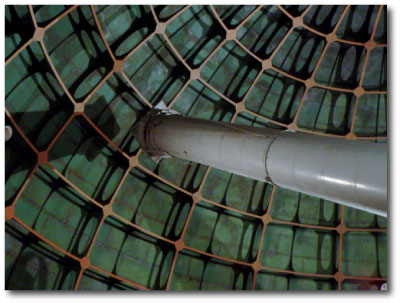

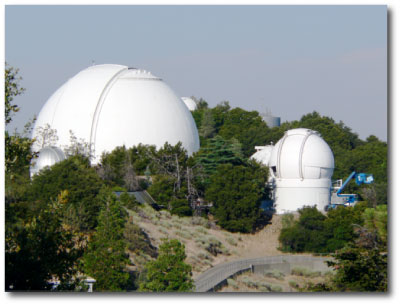
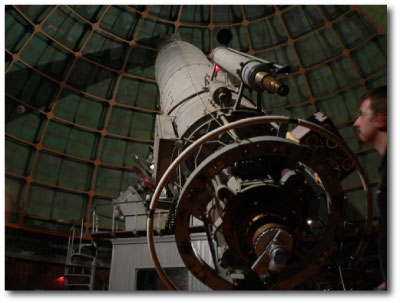
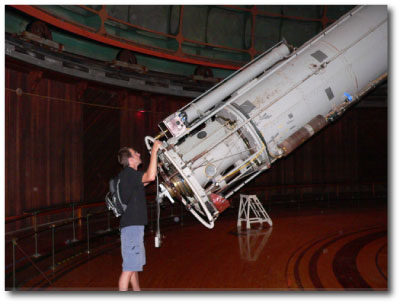
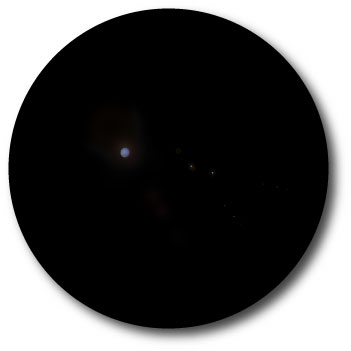



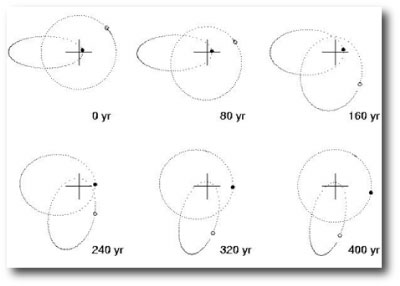

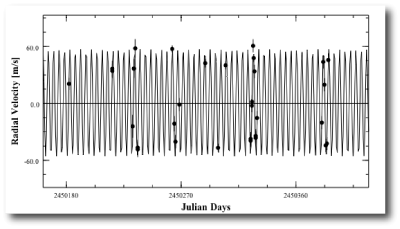
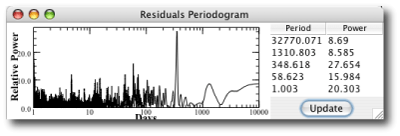
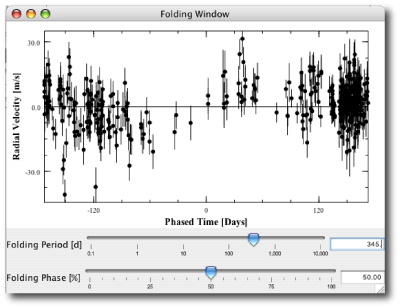
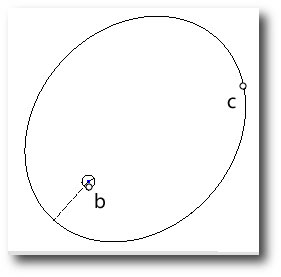
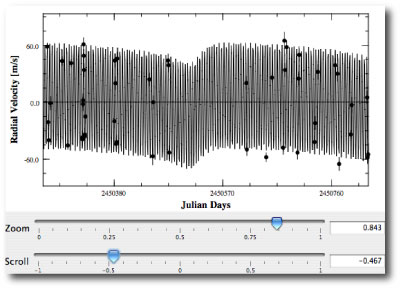
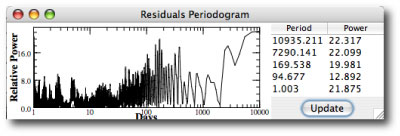
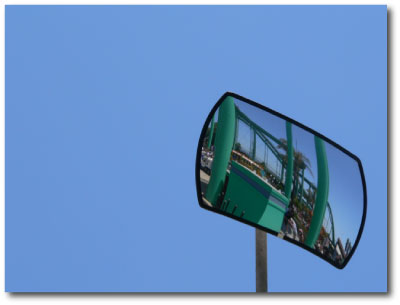
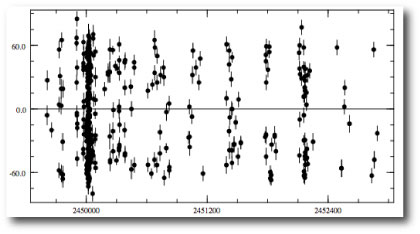
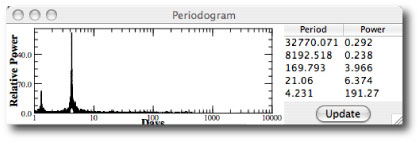
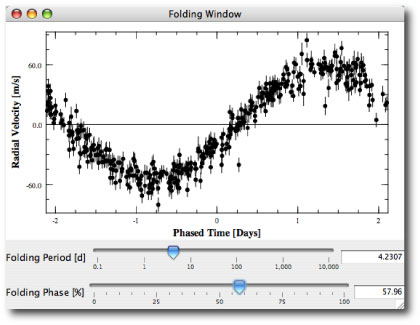


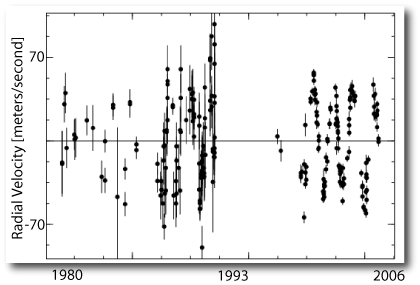
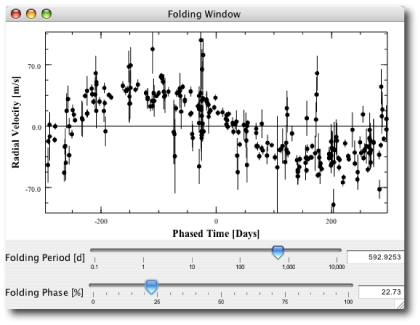
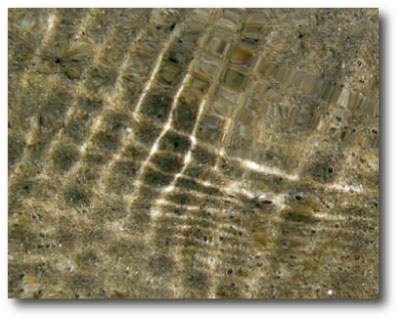
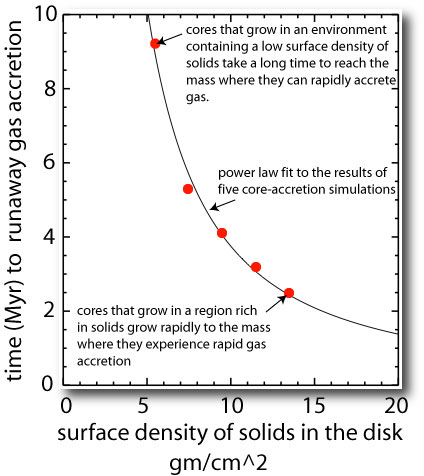


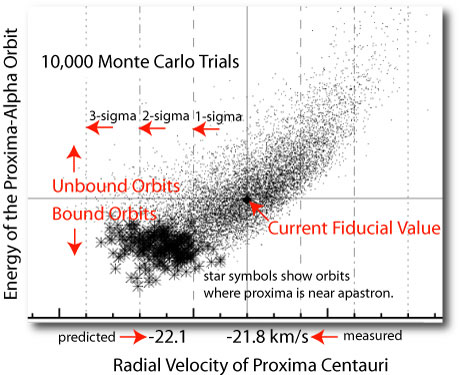
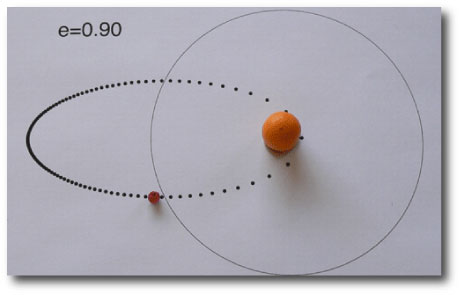 .
.